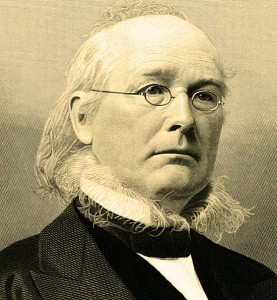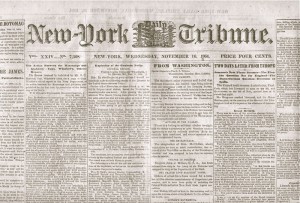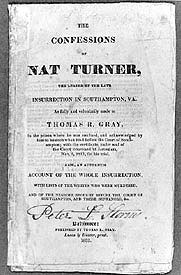On March 25, 2015, Indiana passed the Religious Freedom Restoration Act. The bill allows businesses who oppose homosexuality the right to turn away gays, lesbians, and transgenders due to religious reasons. Indiana’s passing of this bill was met with much controversy, but now in 2016 two states are following in Indiana’s footsteps. Georgia and North Carolina have similar bills being looked over in their state government.
Georgia’s Free Exercise Protection Act states that
religious officials are not required to perform marriage ceremonies in violation of their legal rights to free exercise of religion.
The bill protects officials from being forced to perform same-sex marriages, but also allows faith-based organizations to refuse services to homosexuality due to a violation of their faith.
Georgia’s bill is causing issues with major organizations. The NFL could deny Atlanta’s bid to host the Super Bowl in 2019. The Atlanta Falcons are building a new stadium that would open in time to be able to host the big game. Disney has spoken out saying that
We will plan to take our business elsewhere should any legislation allowing discriminatory practices be signed into state law.
Netflix as well will move productions out of Georgia if bill is passed into law.

Companies are threatening to pull their businesses out of Georgia if the bill is passed. CREDIT: http://newsbusters.org/blogs/nb/curtis-houck/2016/03/24/cbs-hits-panic-button-rails-against-religious-freedom-bills-georgia
North Carolina enacted a bill that no longer protects the LGBT community. The North Carolina state bill created a statewide law that would ban discrimination on the basis of
Race, religion, color, national origin or biological sex at business and other places of public accommodation.
It’s interesting to see that the law does not protect sexual orientation and gender identity from discrimination.
As of March 28, 2016, Governor Nathan Deal (R) has stated that he will veto the bill.
















